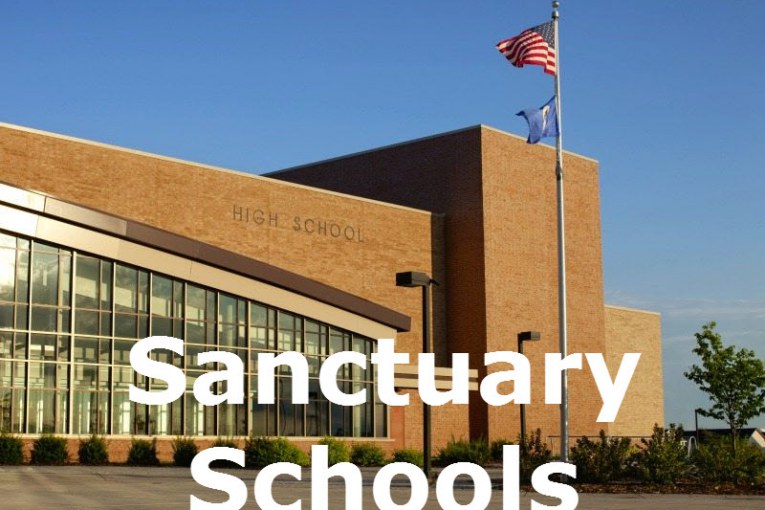
 By Tom Torlakson
By Tom Torlakson
In this time of uncertainty, anxiety, and fear I strongly encourage you to join me in declaring our public schools “safe havens” for students and their parents and to remind families about existing laws that protect them and their students’ records from questions about immigration status.
Unfortunately, since the presidential election, reports of bullying, harassment, and intimidation of K-12 students based on immigration status, religious, or ethnic identification are on the rise.
As State Superintendent of Public Instruction, safety is my top priority. And my strongest commitment to you, your students and their families is that schools remain safe places to learn. California serves more than 6.2 million kindergarten through twelfth grade students with the most diverse population in the nation.
Parents should know they are welcome on our school campuses regardless of their immigration status. We encourage all parents and guardians to participate in their school communities and in the education of their children. Engaged parents play a key role in helping our students succeed. That is one reason encouraging parent engagement is a top priority for California schools and one of the key local indicators of success for our schools and districts.
The California Department of Education will continue to provide local educational agencies (LEAs) with guidelines about existing laws that protect student records, including:
- The 1984 Supreme Court decision Plyler v. Doe requires schools to enroll all eligible children regardless of their citizenship or immigration status.
- State and federal laws prohibit educational agencies from disclosing personally identifiable student information to law enforcement, without the consent of a parent or guardian, a court order or lawful subpoena, or in the case of a health emergency.
- Districts must verify a student’s age and residency, but have flexibility in what documents or supporting papers they use. They do not have to use documents pertaining to immigration status.
- To determine age, for example, an LEA can rely on a statement from a local registrar, baptismal records, or an affidavit from a parent guardian or custodian.
- To determine residency, an LEA can rely on property tax receipts, pay stubs, or correspondence from a government agency.
Since LEAs do have wide discretion in what records they use, I strongly recommend that they do not collect or maintain documents related to immigration status.
Some California districts, such as the Los Angeles Unified School District and Sacramento Unified School District, have declared themselves to be “safe havens” to let their communities know they will maintain a welcoming environment for all students and parents. I support this message.
Here is an example of a resolution from the Sacramento City Unified School District http://www.scusd.edu/sites/main/files/file-attachments/safe_haven_reso_final_amended_final.pdf.
Together, we can make it clear we will do our best to make sure the prospect of the deportation of undocumented students and their families will not interfere with helping our students succeed.
Our schools are not and will not become an arm of the U.S. Customs and Immigration Enforcement (ICE). Instead, they will remain safe places for learning and teaching for all students, regardless of immigration status.
Please join me in spreading this message. We can and must support each other as California leads the way forward.
Tom Torlakson is the California Superintendent of Public Instruction
Many private schools, particularly parochial/faith-based ones are also “safe-havens”… the headline is somewhat misleading… don’t have any idea who chose that ‘headline’… or, why…
Which is a great thing.
I assume it was chosen because Torlakson is effectively in charge of public education, not private. He can’t really tell private or parochial schools what to do.